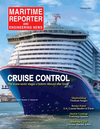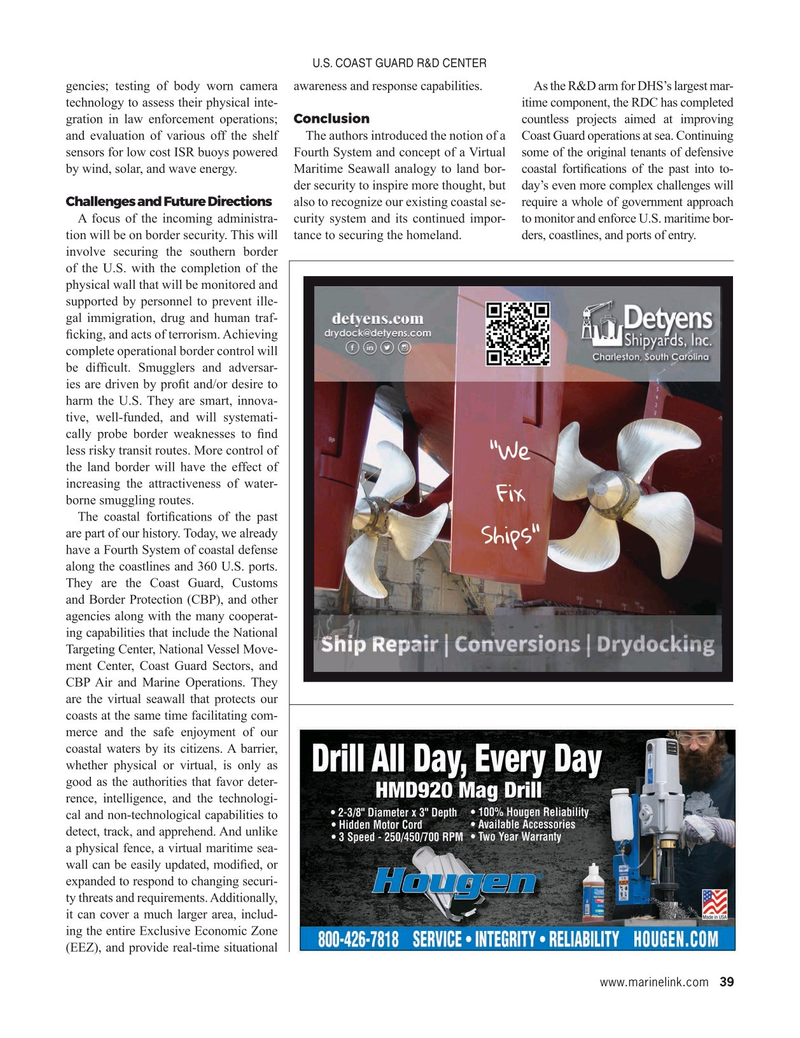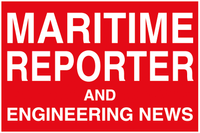
Page 39: of Maritime Reporter Magazine (February 2025)
Read this page in Pdf, Flash or Html5 edition of February 2025 Maritime Reporter Magazine
U.S. COAST GUARD R&D CENTER gencies; testing of body worn camera awareness and response capabilities. As the R&D arm for DHS’s largest mar- technology to assess their physical inte- itime component, the RDC has completed gration in law enforcement operations; Conclusion countless projects aimed at improving and evaluation of various off the shelf The authors introduced the notion of a Coast Guard operations at sea. Continuing sensors for low cost ISR buoys powered Fourth System and concept of a Virtual some of the original tenants of defensive by wind, solar, and wave energy. Maritime Seawall analogy to land bor- coastal forti? cations of the past into to- der security to inspire more thought, but day’s even more complex challenges will
Challenges and Future Directions also to recognize our existing coastal se- require a whole of government approach
A focus of the incoming administra- curity system and its continued impor- to monitor and enforce U.S. maritime bor- tion will be on border security. This will tance to securing the homeland. ders, coastlines, and ports of entry. involve securing the southern border of the U.S. with the completion of the physical wall that will be monitored and supported by personnel to prevent ille- gal immigration, drug and human traf- ? cking, and acts of terrorism. Achieving complete operational border control will be dif? cult. Smugglers and adversar- ies are driven by pro? t and/or desire to harm the U.S. They are smart, innova- tive, well-funded, and will systemati- cally probe border weaknesses to ? nd less risky transit routes. More control of the land border will have the effect of increasing the attractiveness of water- borne smuggling routes.
The coastal forti? cations of the past are part of our history. Today, we already have a Fourth System of coastal defense along the coastlines and 360 U.S. ports.
They are the Coast Guard, Customs and Border Protection (CBP), and other agencies along with the many cooperat- ing capabilities that include the National
Targeting Center, National Vessel Move- ment Center, Coast Guard Sectors, and
CBP Air and Marine Operations. They are the virtual seawall that protects our coasts at the same time facilitating com- merce and the safe enjoyment of our coastal waters by its citizens. A barrier, whether physical or virtual, is only as good as the authorities that favor deter- rence, intelligence, and the technologi- cal and non-technological capabilities to detect, track, and apprehend. And unlike a physical fence, a virtual maritime sea- wall can be easily updated, modi? ed, or expanded to respond to changing securi- ty threats and requirements. Additionally, it can cover a much larger area, includ- ing the entire Exclusive Economic Zone (EEZ), and provide real-time situational www.marinelink.com 39
MR #2 (34-45).indd 39 1/29/2025 5:45:16 PM

 38
38

 40
40
